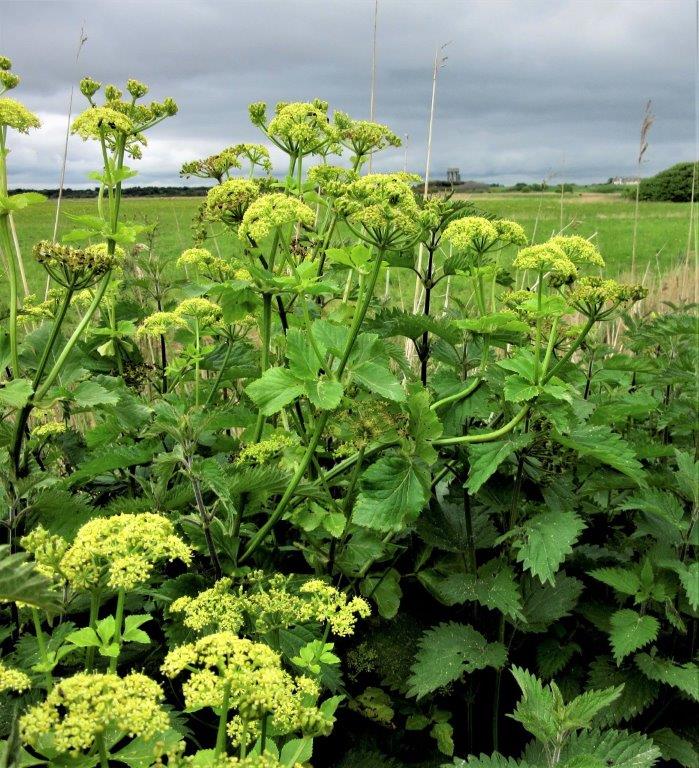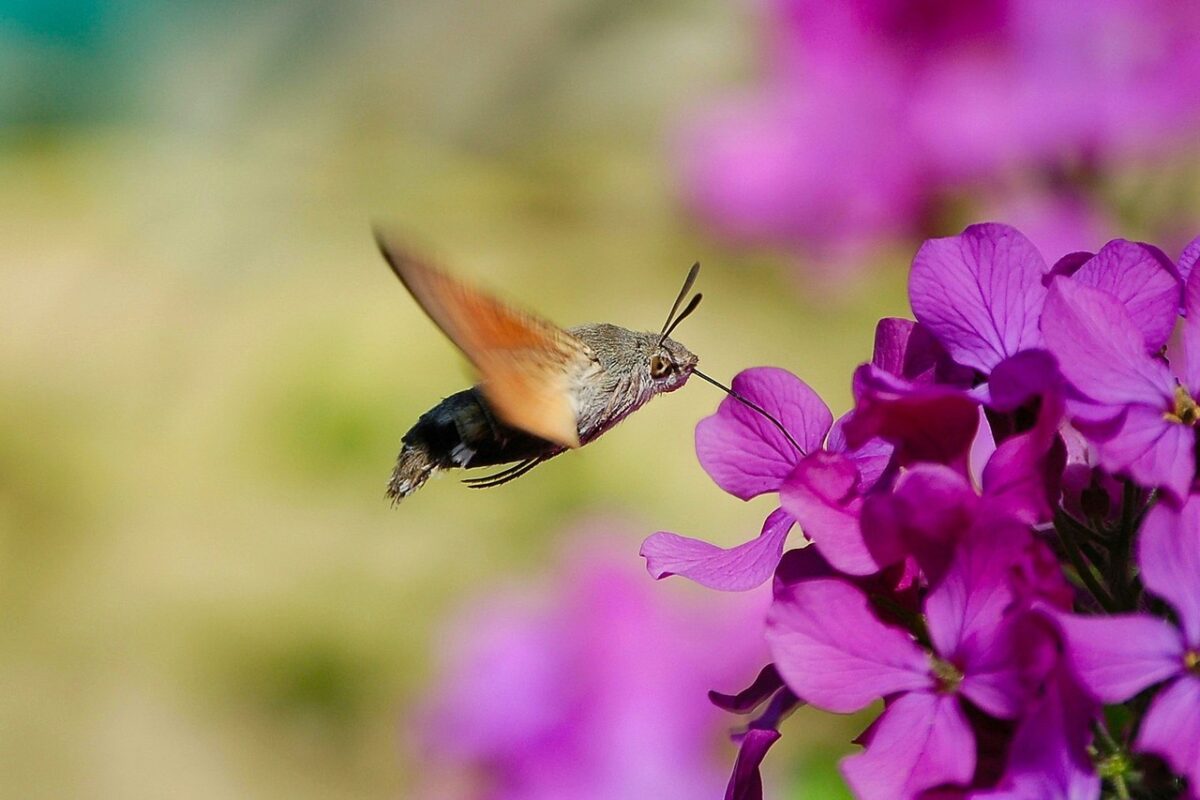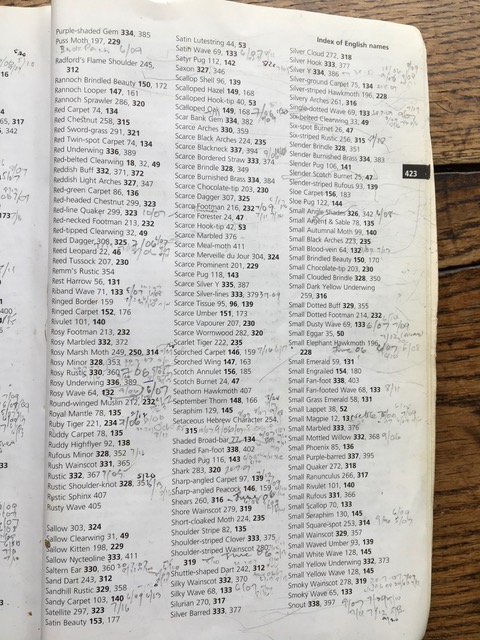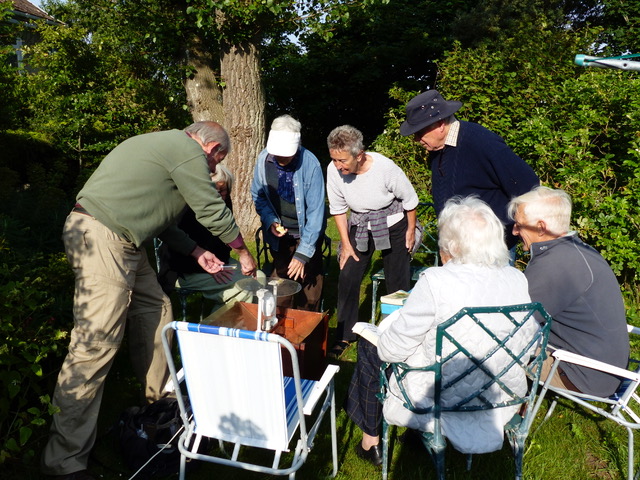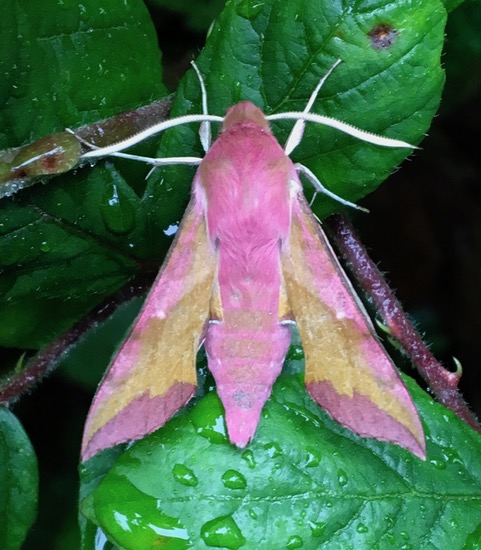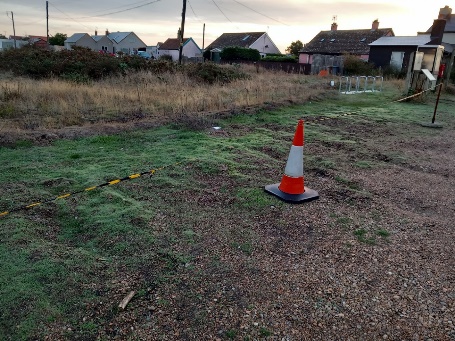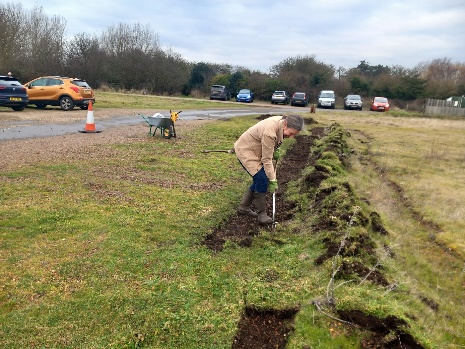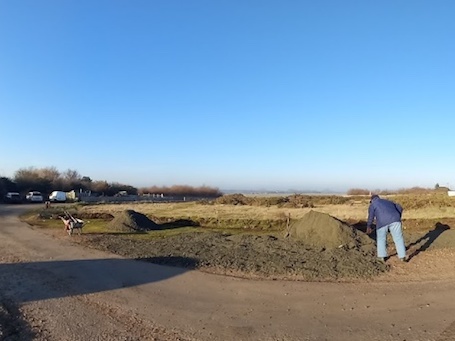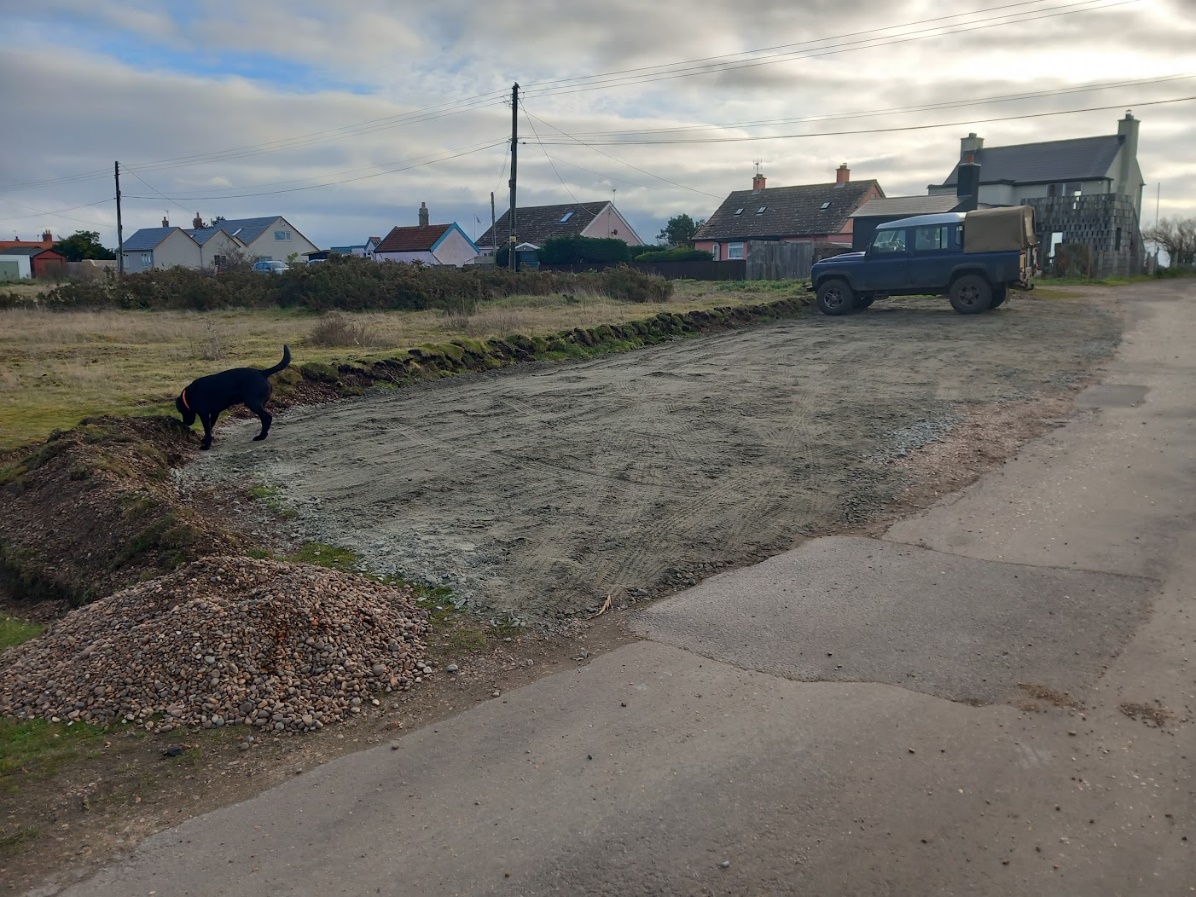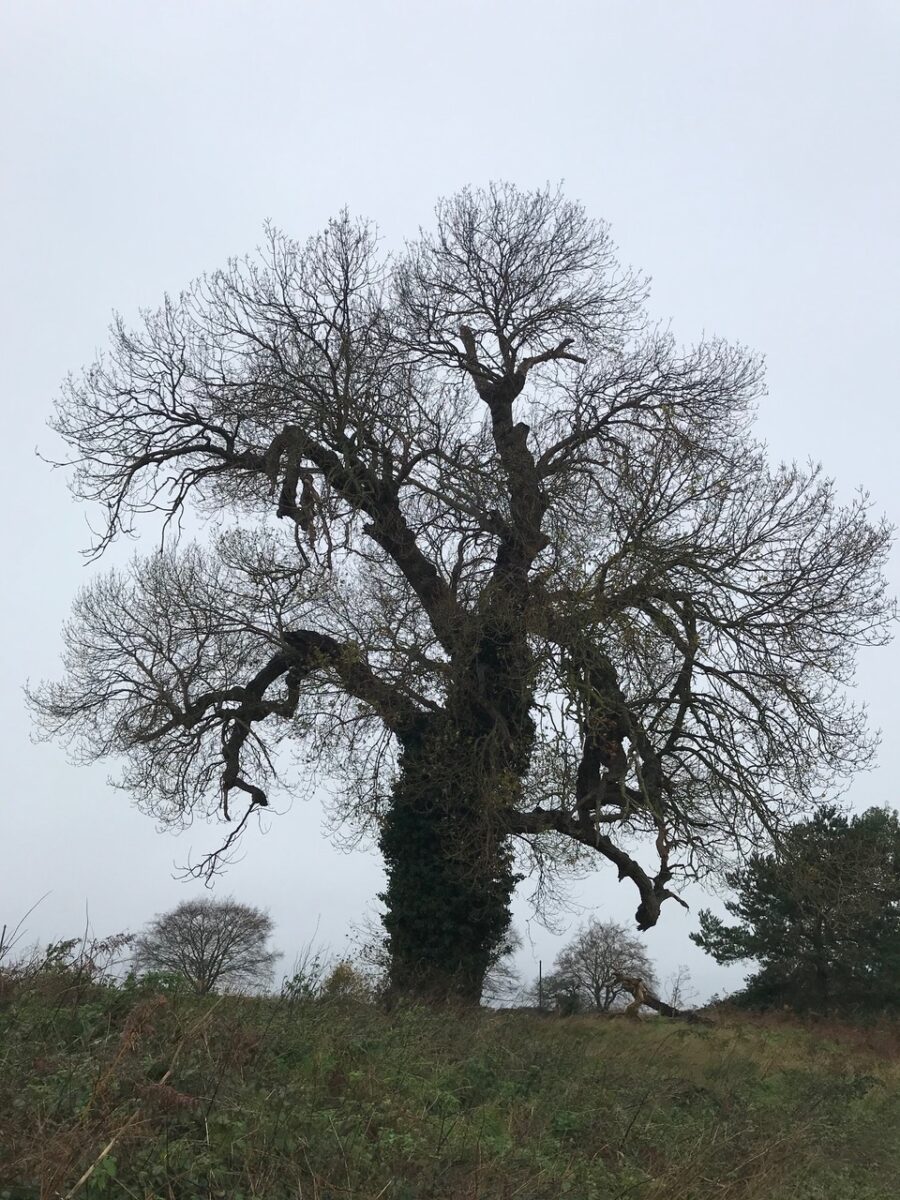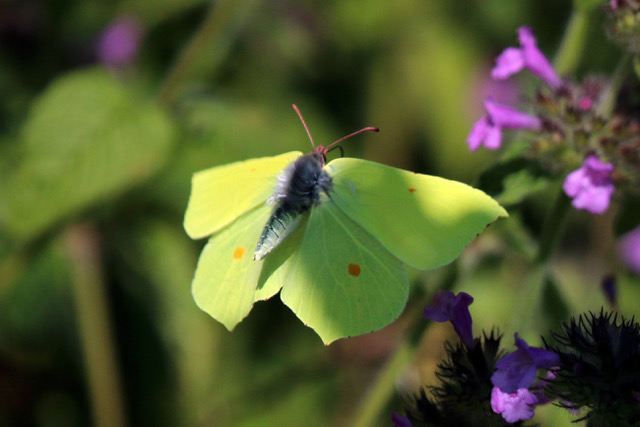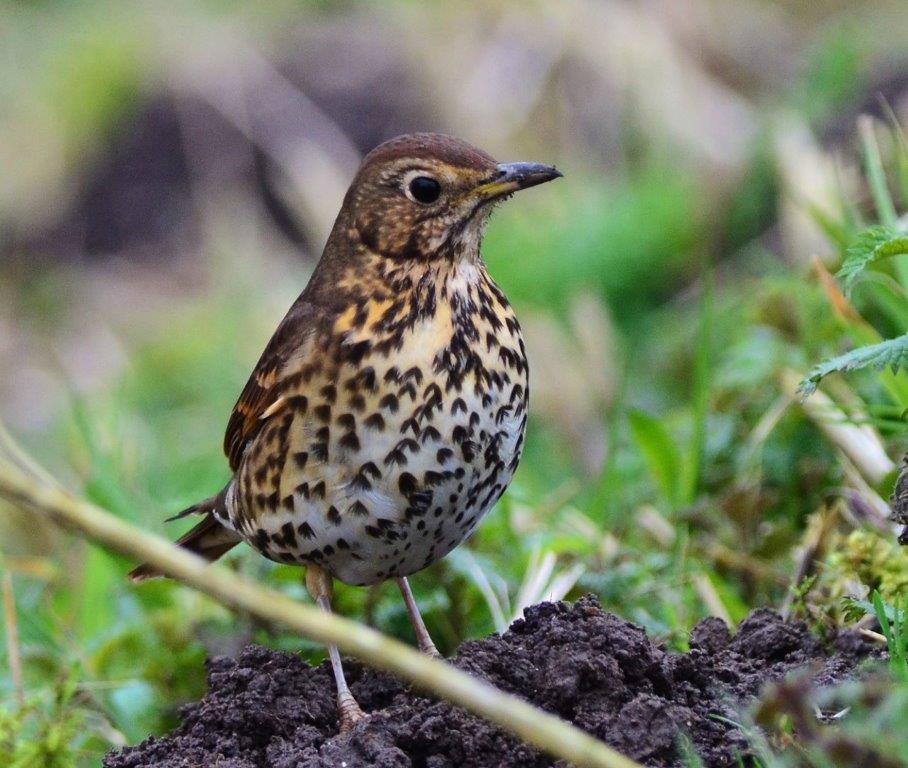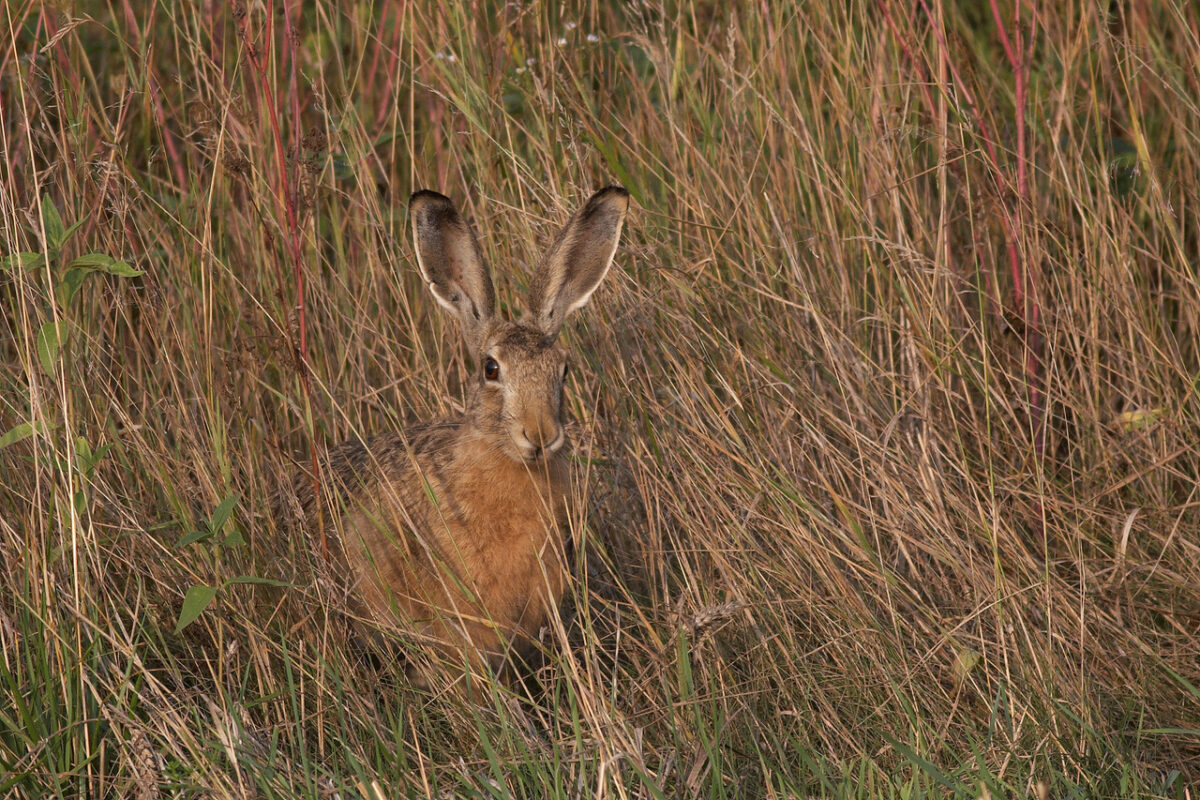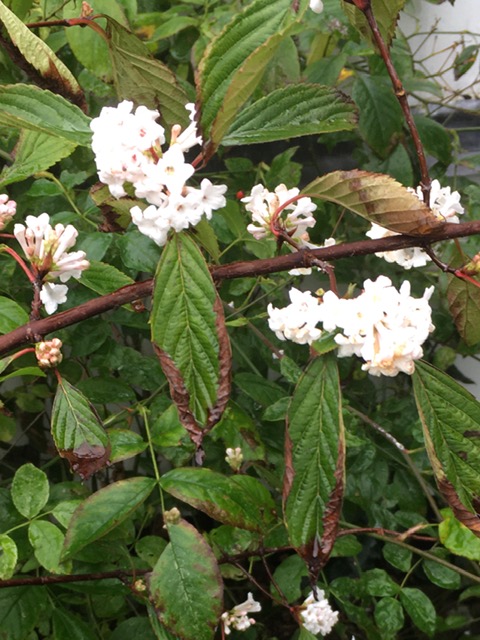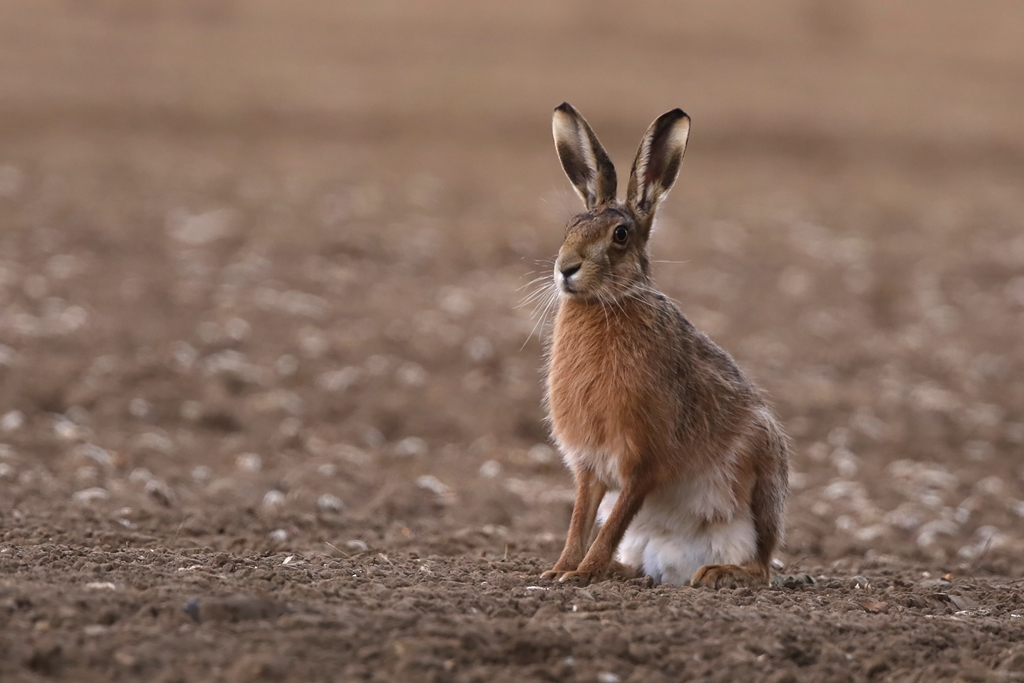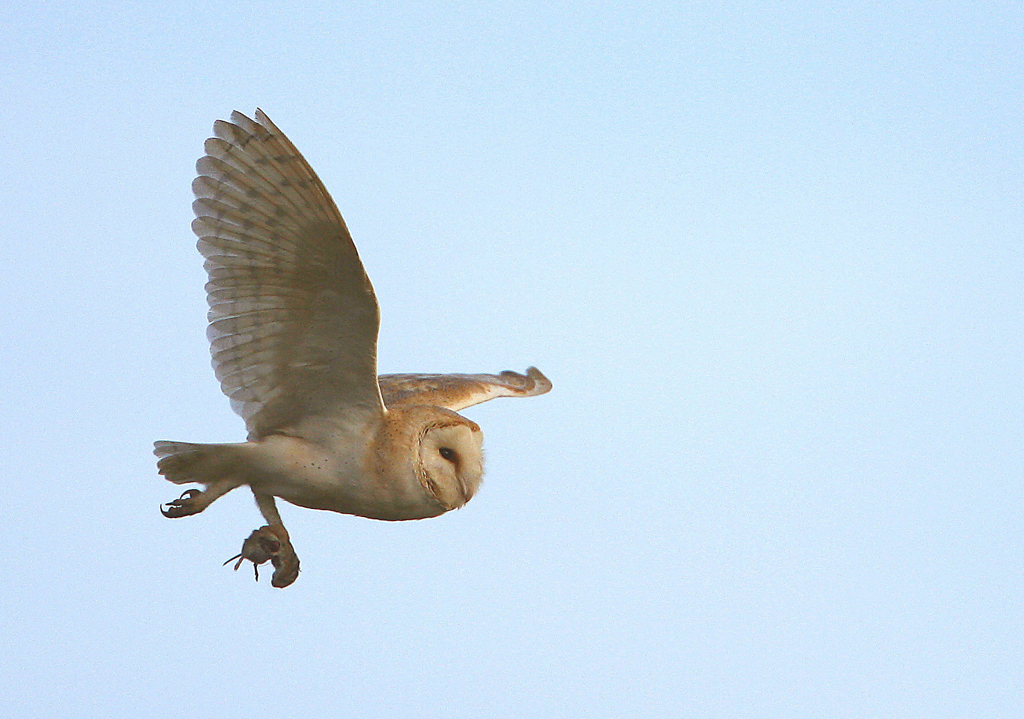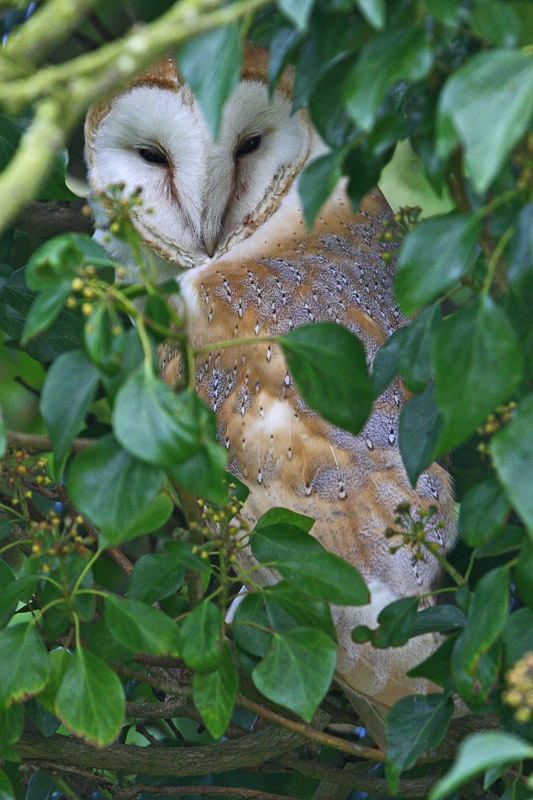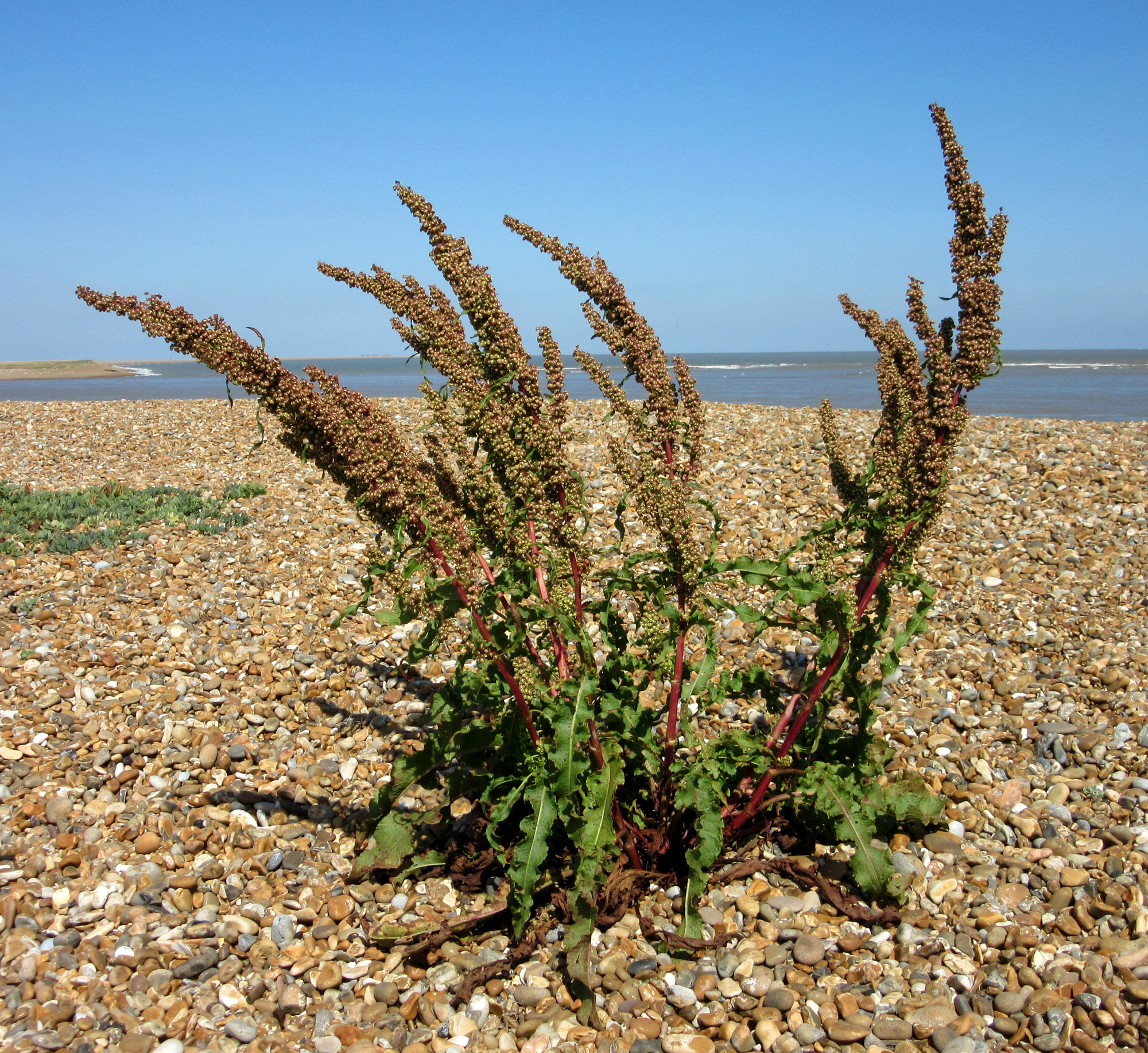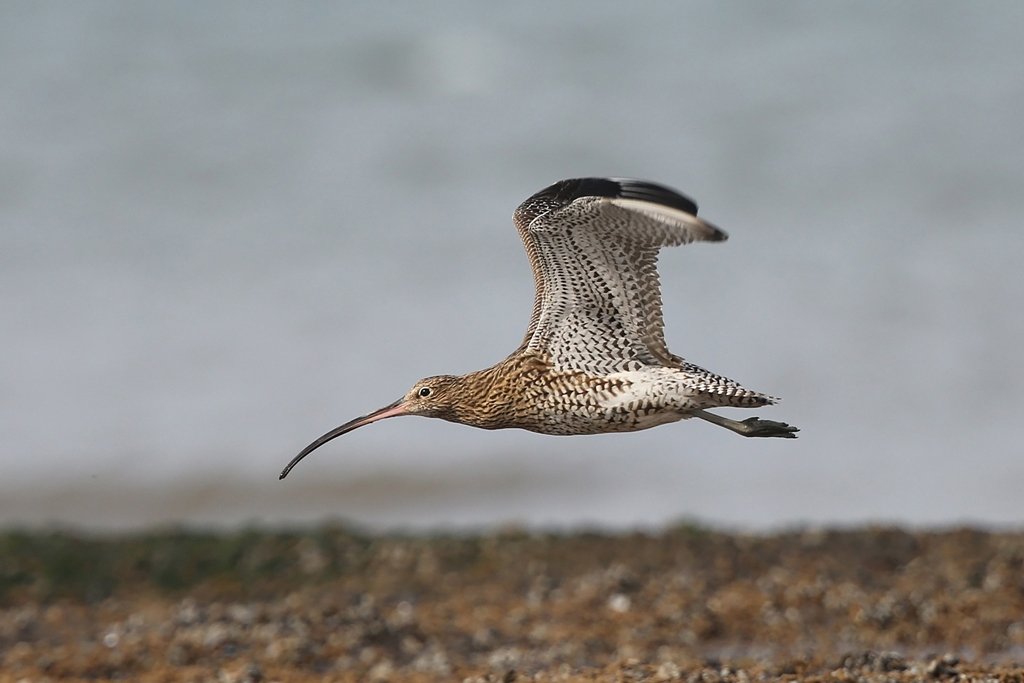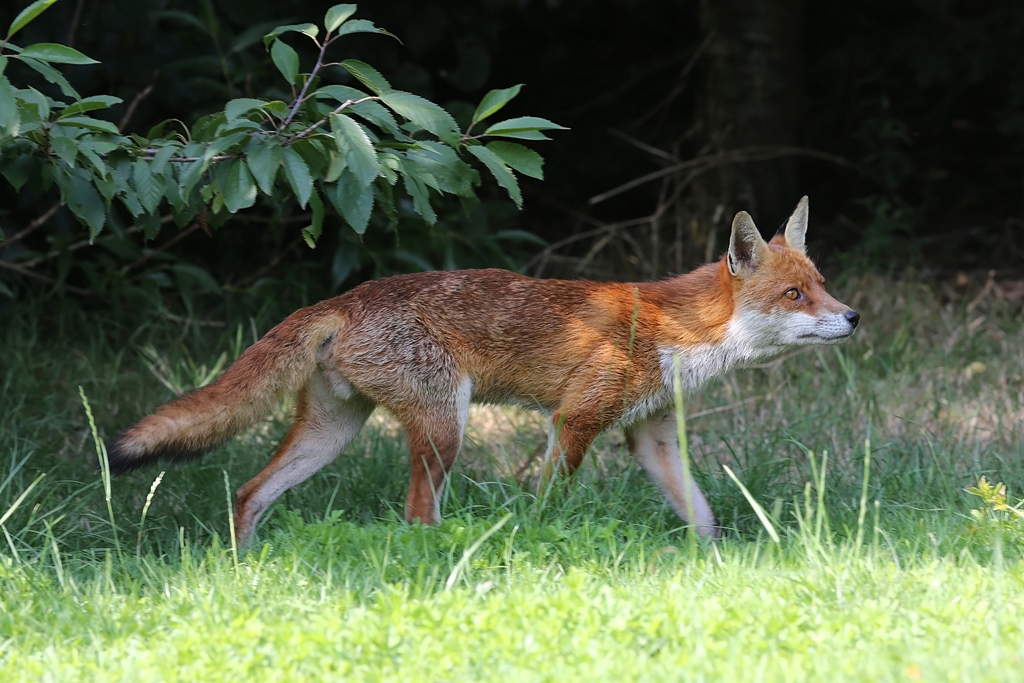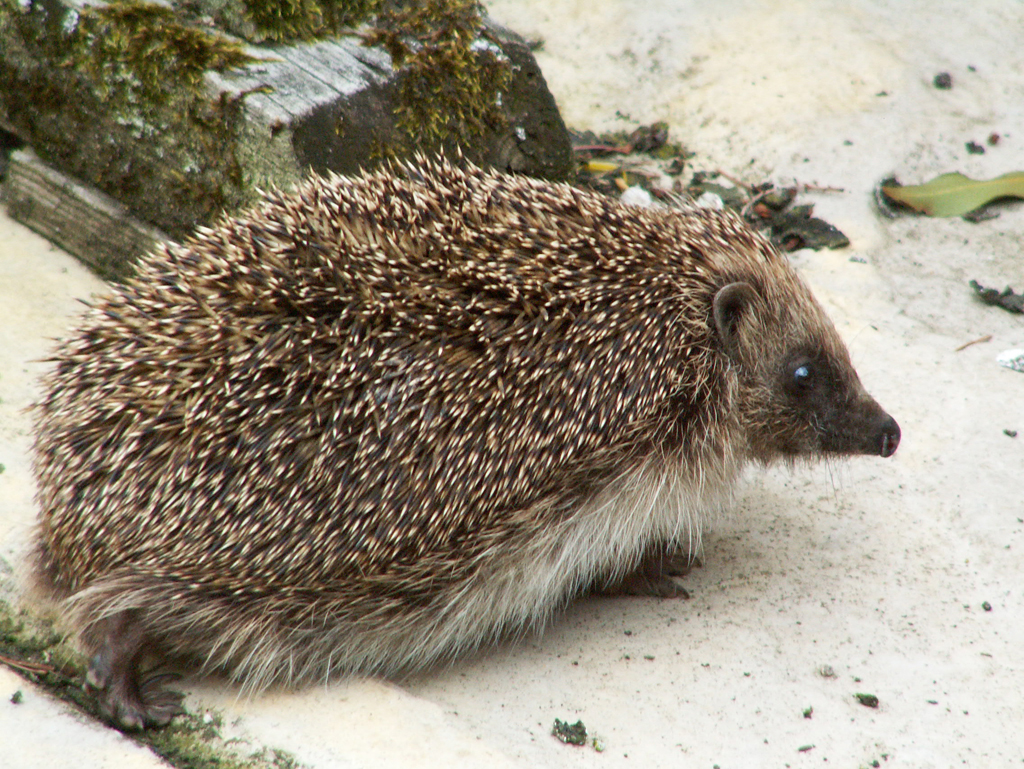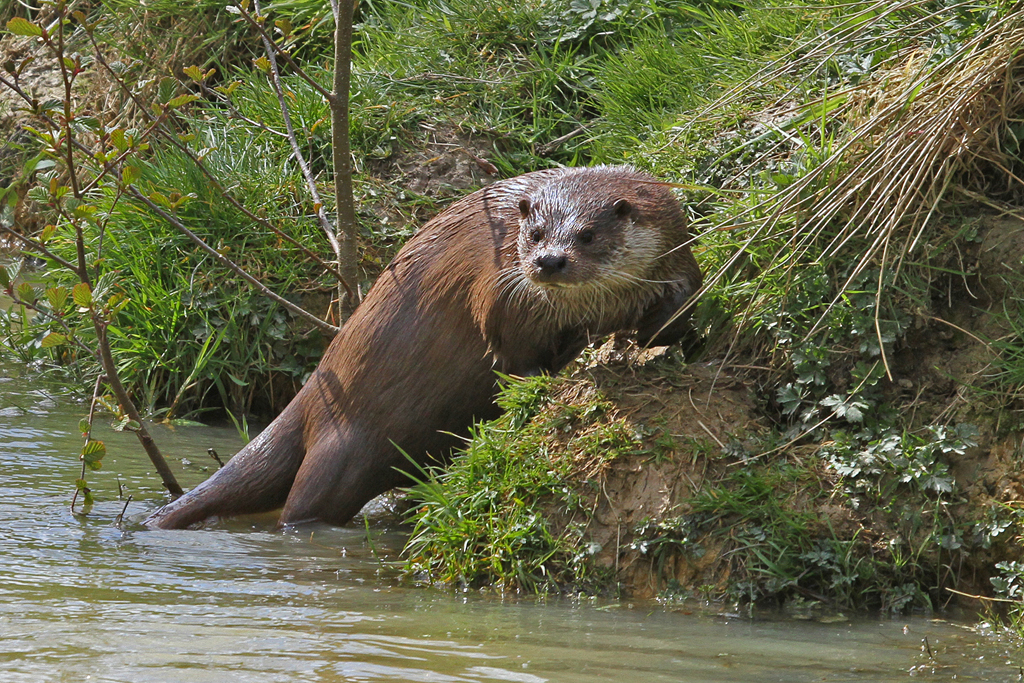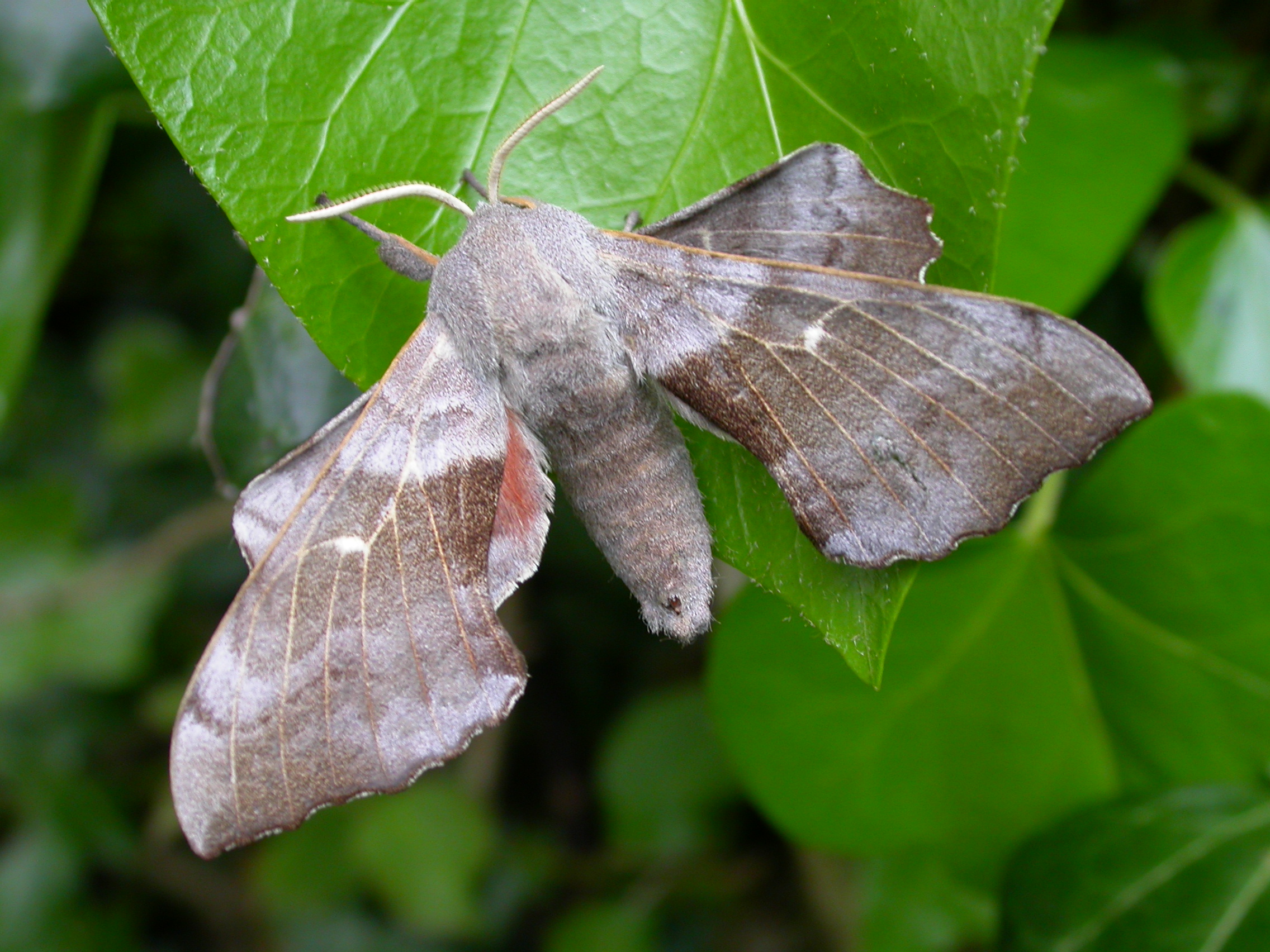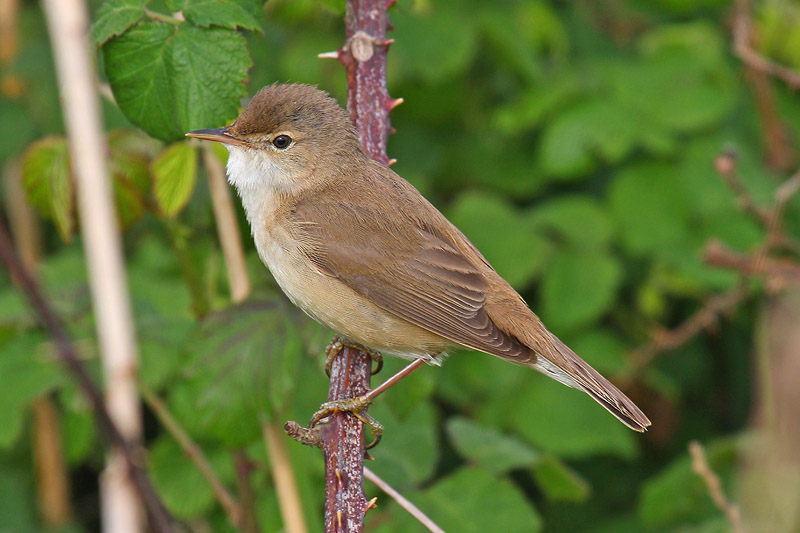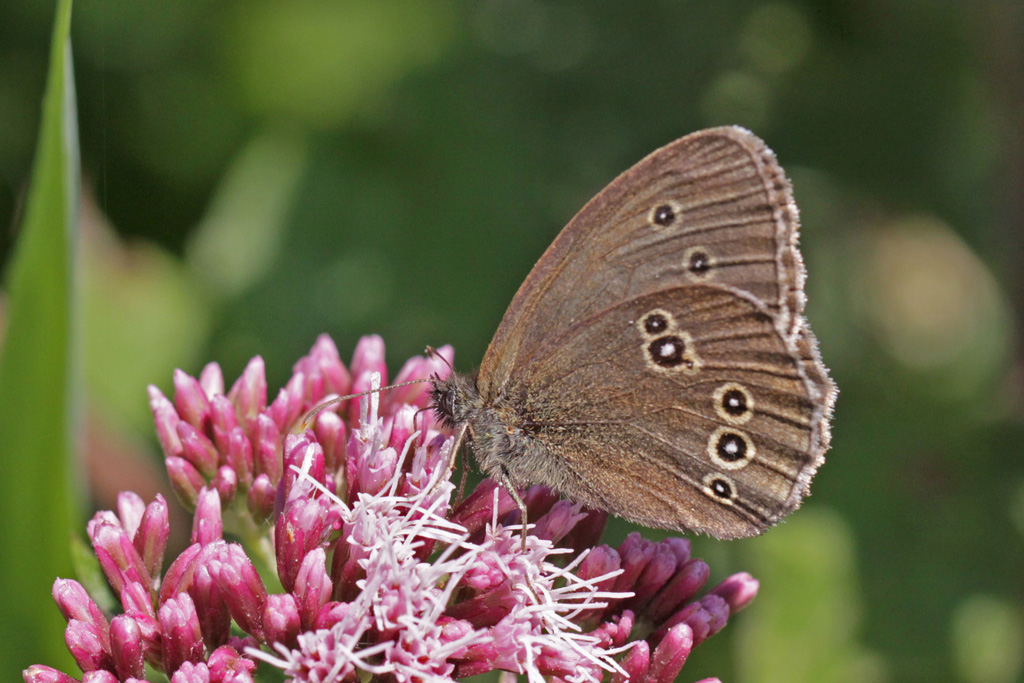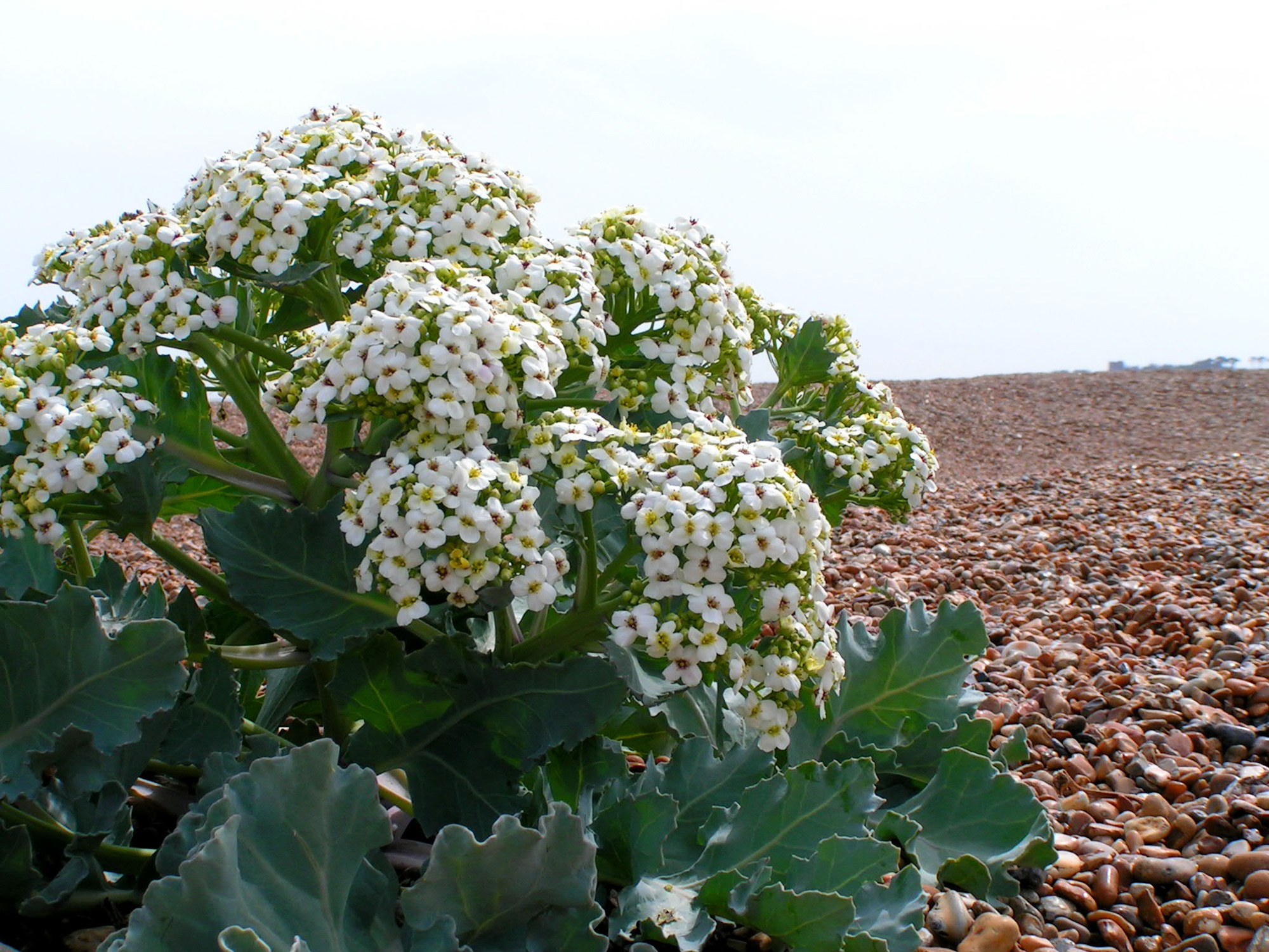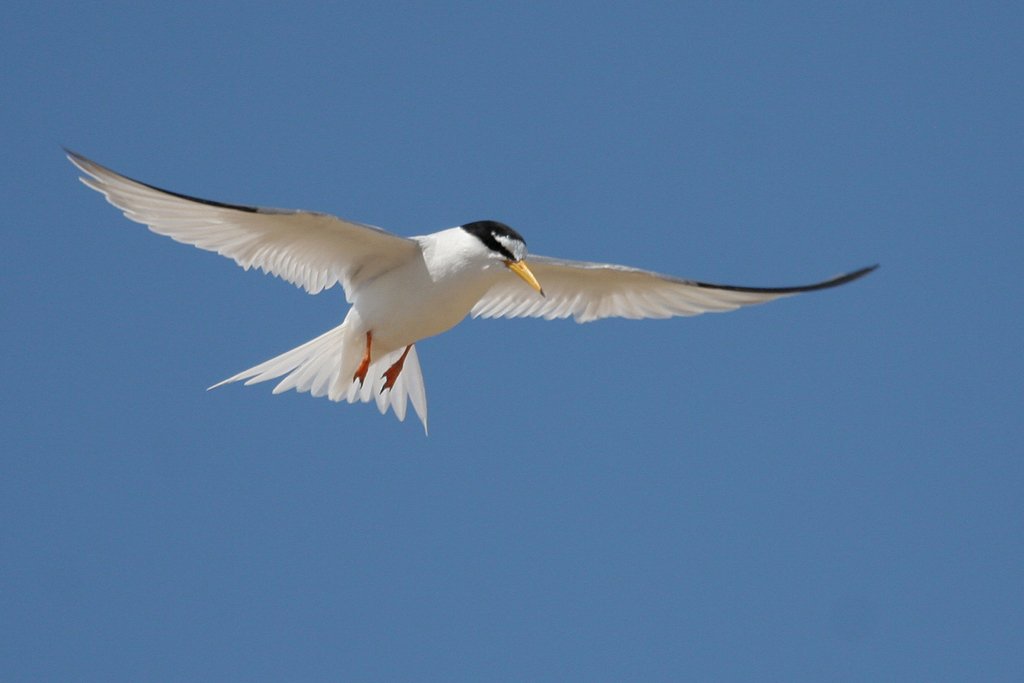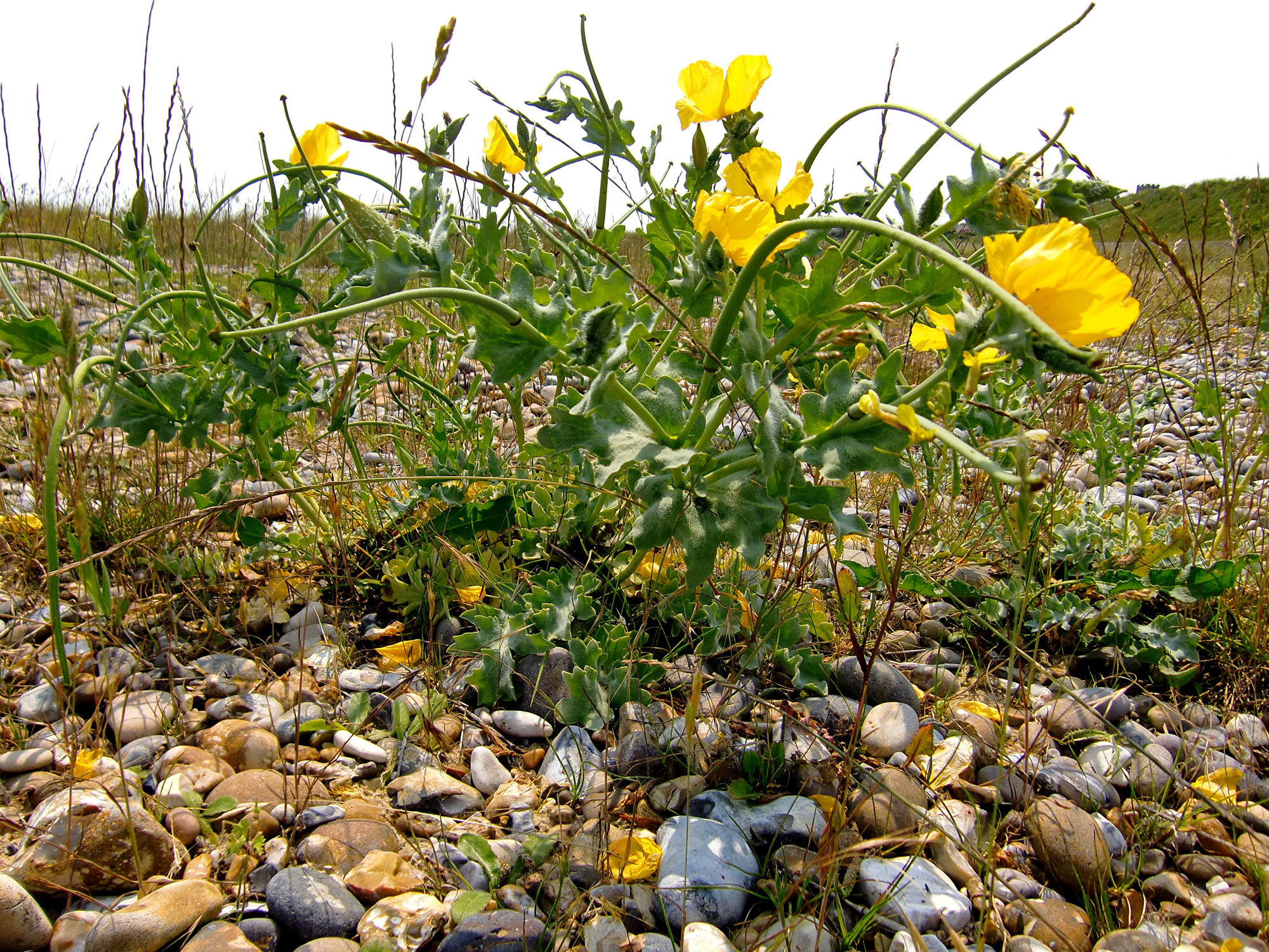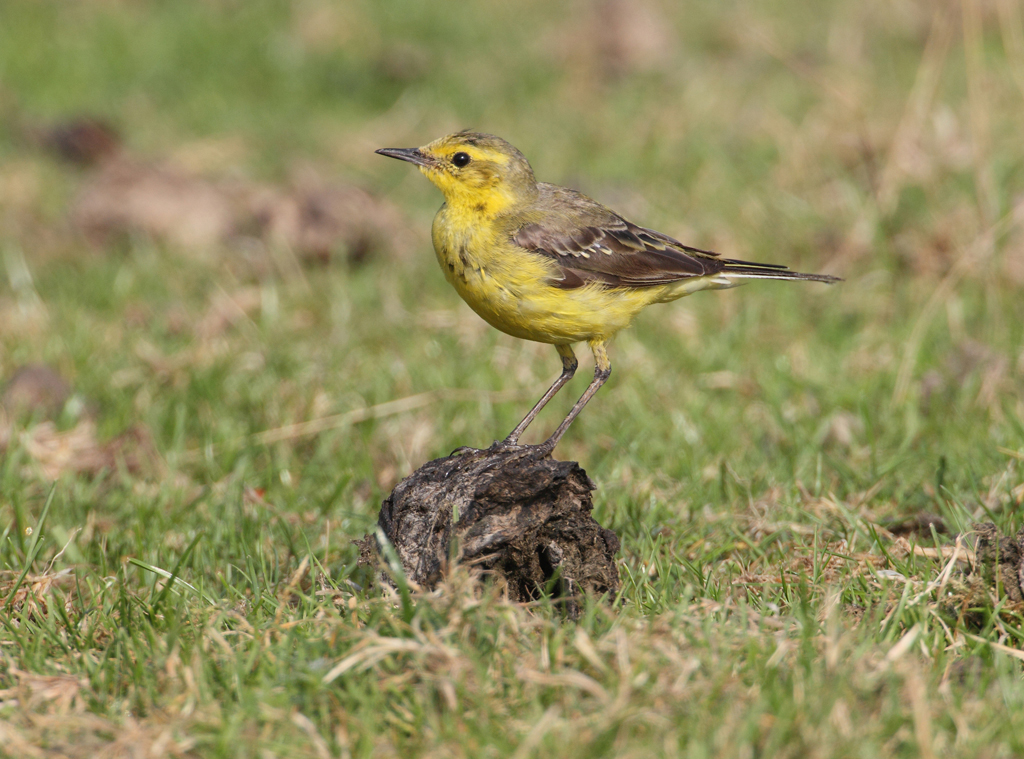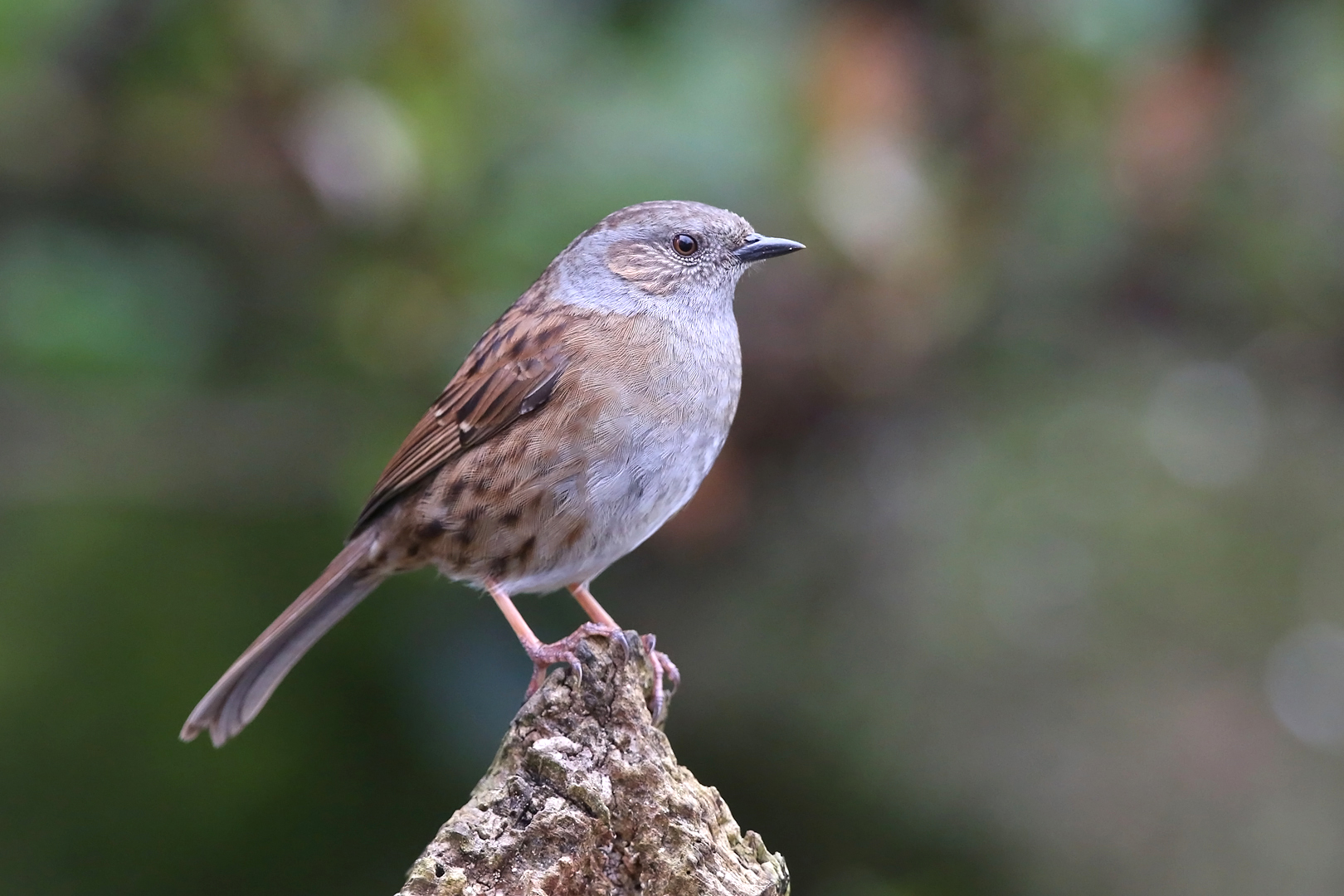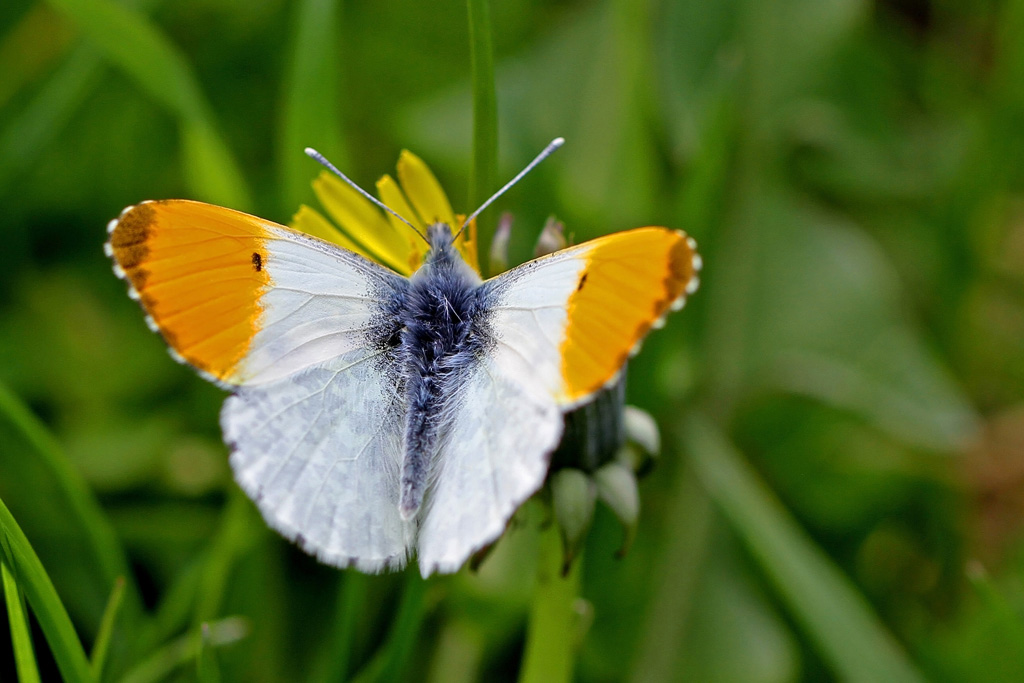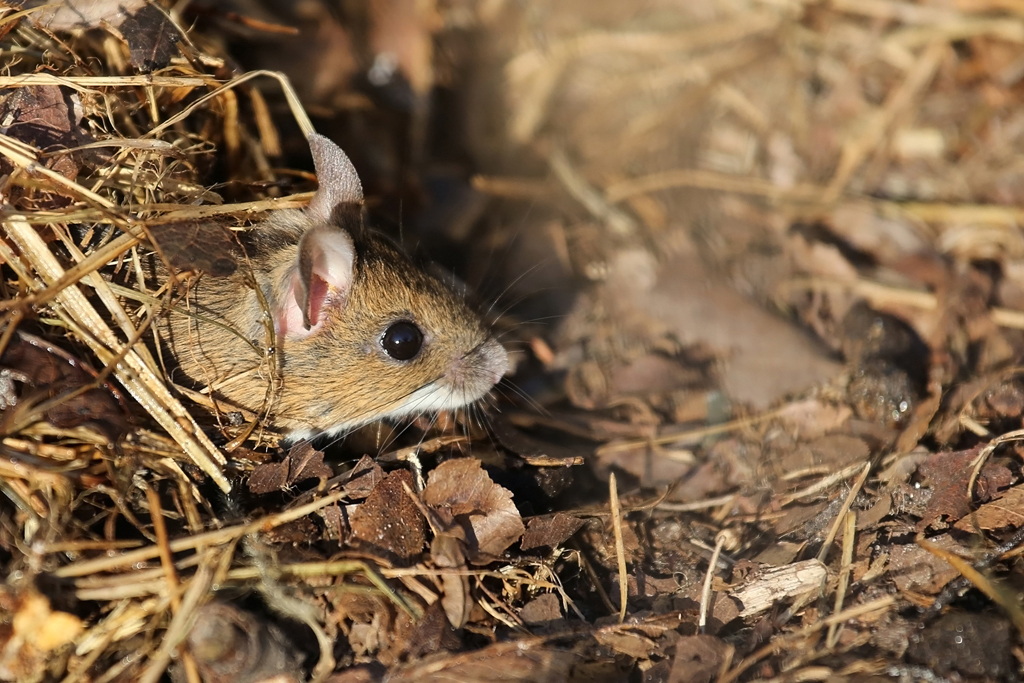The film-producer Sam Goldwyn (a Polish Jew, born Szmuel Gelbfisz) was famous for his inventive use of the English language in pronouncements like ‘a verbal contract isn’t worth the paper it’s written on’ and ‘I’ll give you a definite maybe’. One quote that stuck in my mind today was Goldwyn’s formula for a good story, ‘Let’s start with an earthquake and build up to a climax’. My day did indeed start with an event high up on the Richter scale of excitement for a naturalist, a shark at Shingle St. No, not Jaws – no need to clear the beaches – but a moth of the same name, so-called from its sleek grey profile. It’s a rare species though it once gained a certain notoriety from its appearance on a pub sign in Harlow when the New Town was founded in 1948 to accommodate London overspill. The enlightened council of the time decided to name all the new pubs after moths and butterflies, so along with The Shark you got the whimsy of a Willow Beauty by the cricket ground and, for the more committed customers in town, The Drinker Moth (geddit?).
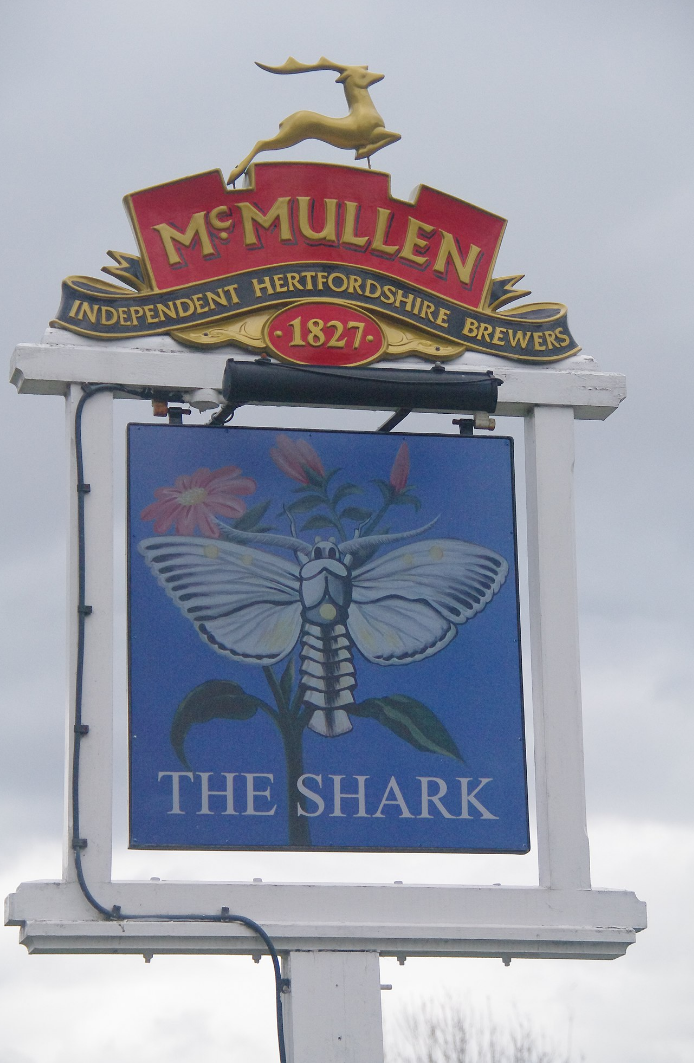
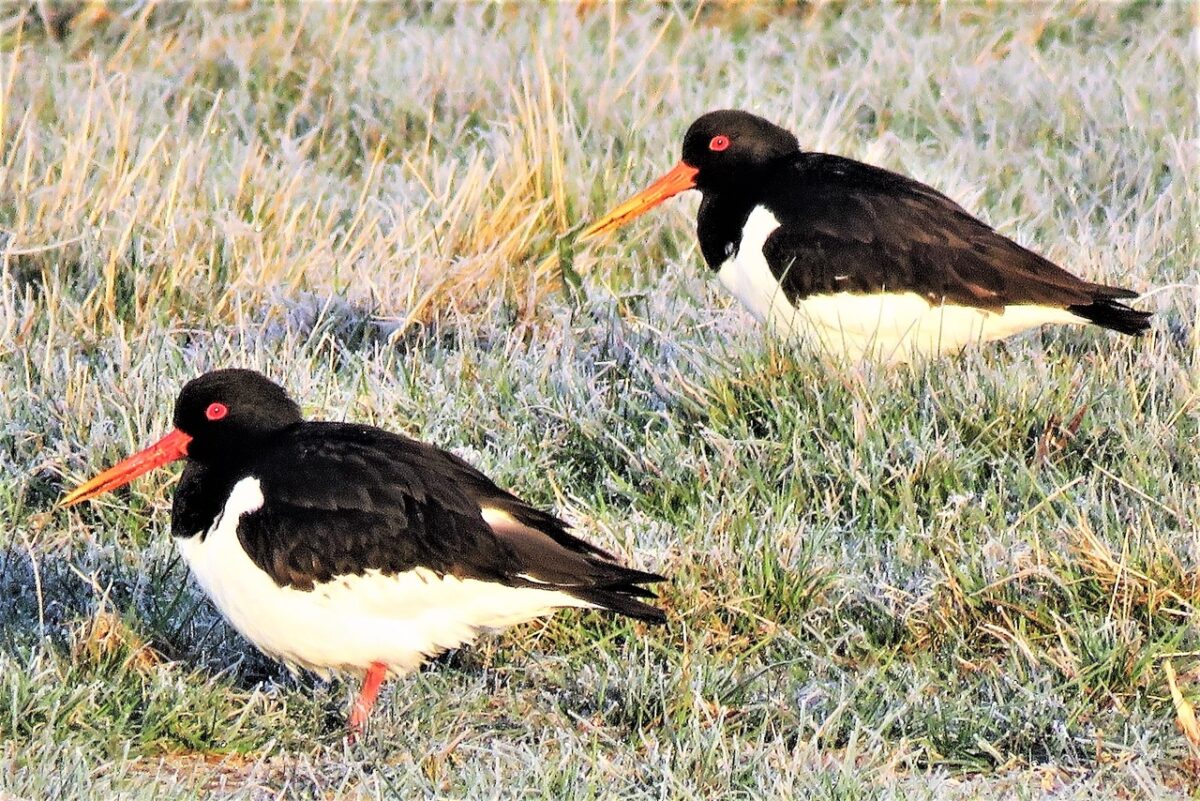
Anyway, my day ended with another thrill, involving a much commoner species of wildlife. Oystercatchers are one of the most easily recognisable wading birds on our coast, sporting that boldly pied plumage and striking orange-red bills. I’ve been tracking the progress of a pair of them who bravely attempted breeding on one of the pools just to the south of Shingle Street. They nested on an exposed little islet where they were very vulnerable to threats from dogs, foxes and predatory corvids and gulls. I often sat on the sea-wall opposite watching over them like some proxy-grandparent, admiring the tremendous vigilance and courage of the two adults who would drive off crows by flying up like fighter-jets to intercept them and see them off with piping cries as shrill as smoke alarms. After about three weeks they did to my relief eventually hatch four eggs. The young birds were immediately very mobile, but I knew it would be another thirty days before they acquired the flight feathers that would lift them to safety when necessary. The four youngsters were soon reduced to three and I feared the worst when I couldn’t see any of them today. But then I found them again – a quarter of a mile further on – and I realised they’d earned their wings and made their first solo flights. Even if the earth didn’t move for me in quite the way Goldwyn hoped, I punched the air and enjoyed a strong shot of adrenaline.
Jeremy Mynott
3 July 2023




